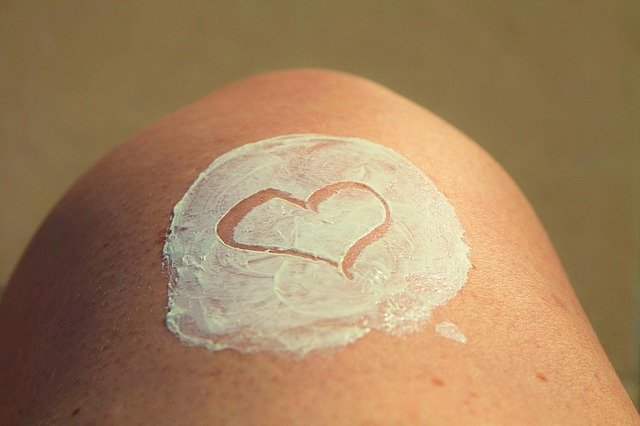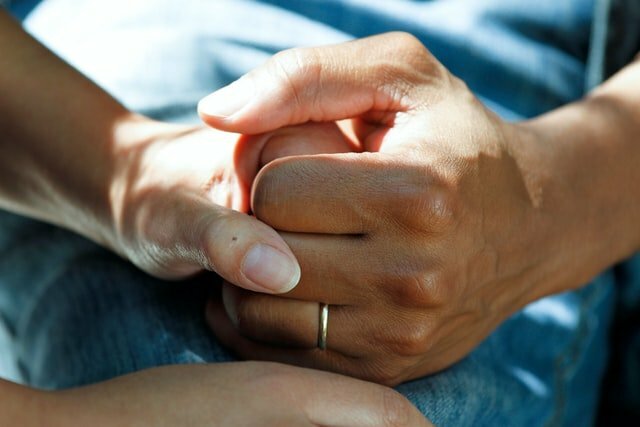6 Tips To Reduce Your Risk Of Cancer – Art of Healthy Living
Cancer is a reality for a growing number of people. With diagnosis rates surging at an unprecedented rate, it is more important than ever before to know how to reduce your risk of developing the disease. Up to 50% of all cancer diagnoses and deaths can be prevented with prior knowledge and understanding. Continue reading to find out a number of handy tips and tricks that can prevent you from being diagnosed with one of the leading global causes of death.
1. Avoid Tobacco
Tobacco is a plant product derived from the leaves of the tobacco plant. It contains nicotine which is a highly addictive psychoactive drug found in traditional cigarettes that speeds up the central nervous system when consumed on a regular basis. It is one of the most widely consumed substances in the world and a leading cause of a number of cancers including lung, colorectal, breast, cervical, bladder, throat, mouth, and oesophageal. Even if you have smoked cigarettes for decades, kicking the habit can lower your risk of developing cancer by a substantial amount. Those exposed to second-hand smoke for a prolonged period of time are also at risk of developing respiratory conditions and lung cancer. It is never too late to quit. Nicotine replacement therapy, physical activity, and chewing gum are effective methods of quitting smoking.
2. Protect Your Skin From The Sun
The sun may feel nice on your skin and contribute to a healthy glow but failing to take precautions beforehand can lead to a number of health conditions down the line. Sun exposure is one of the leading causes of skin cancer in adults. It is also one of the most preventable forms of cancer. By knowing how to protect your skin from the harsh effects of UV rays, you can age gracefully and reduce your risk of cancer. Even if you venture outside on a gloomy day, you must apply sunscreen with an appropriate sun protection factor. The level you require depends on your skin type and tone, but most dermatologists recommend a minimum of 30 for everyday use. With the sun’s rays capable of penetrating thick cloud and generating high levels of UV radiation at ground level, incorporating SPF into your daily routine can not only preserve your skin but prevent you from developing the three major types of skin cancer including basal cell carcinoma, squamous cell carcinoma, and melanoma. Regular cancer screening tests can highlight any abnormal moles or lumps that have the potential to become cancerous. By attending cancer screening tests on a yearly basis, you can take control of your future can protect your skin from the harsh, often fatal, effects of UV light.

3. Maintain A Healthy Diet
When it comes to your body, you are what you eat. Maintaining a healthy diet and providing your body with the appropriate nutrients it needs to function on a daily basis can lower your risk of developing several aggressive cancers. For example, a diet rich in fruits, vegetables, beans, wholegrains, and oily fish can strengthen your immune system and prevent you from developing cancer. Limiting your consumption of red or processed meat and food high in artificial sugars may also help protect you against the consequences of an unhealthy diet as well as the onset of stomach cancer. Various dieticians also believe that several foods have the potential to stop cancer in its tracks and prevent it from materialising in the first place. They include garlic, broccoli, berries, and carrots. By incorporating these foods into your diet, you can ensure you are leading a healthier lifestyle and lowering your risk of damaging your health in the long run. You must also take care to limit your alcohol consumption as this can reduce your risk of developing liver, colorectal, and breast cancer.
4. Exercise Regularly
As well as a healthy diet, regular exercise can also reduce your risk of cancer. A combination of both can contribute to steady weight loss and strengthen your immune system. A minimum of 30 minutes light or vigorous exercise per day can have a positive impact on your overall health and wellness going forward. A longstanding link between inactivity and obesity has been linked to the onset of breast and colorectal cancer. There is also evidence to suggest a link between being overweight and lung and pancreatic cancer. By integrating exercise into your daily routine, you can reduce stress levels, boost your energy, and maintain a healthy weight for your size. This contributes to a lower risk of cancer over time. Recent evidence also points to a link between an active lifestyle and a 20% lower risk of up to 13 types of cancer. They include colon, breast, oesophageal, endometrial, kidney, liver, lung, stomach, head and neck, rectal and bladder.

5. Attend Regular Cancer Screenings
If you are over the age of 50, you must attend regular cancer screenings. They can pick up on several early warning signs and prevent any cancerous cells from progressing any further. By locating symptoms of cancer early on, an appropriate treatment plan can be implemented that can prevent the disease from growing or mutating. If your doctor suggests a cancer screening, this does not necessarily mean they believe you have cancer. They are offered as a preventative measure to identify any key symptoms ahead of time. There are various different types of cancer screening available including physical exams, laboratory tests, imaging procedures, and genetic tests. A physical exam examines the body for an indication of general health and wellness including any unusual symptoms or abnormalities. A comprehensive history of your health habits and past medical history will also be analysed. A laboratory test is the name given medical procedures that test samples of blood, tissue, and urine. Lastly, imaging procedures capture images from inside the body and genetic tests test for altered genes or chromosomes in cells or tissue.
6. Limit Exposure To Environmental Factors
Prolonged exposure to a number of harmful environmental factors can cause our cells and genes to mutate, affecting their ability to function normally. Over time, this can lead to the development of cancer. This can materialise as a result of excess tobacco use and sustained contact with harsh UV rays. These environmental factors can be avoided but others are difficult to evade. For example, the food we eat, the water we drink, the air we breathe, and the materials we are exposed to on a daily basis can expose us to harmful chemicals and substances that may contribute towards the onset of cancer. By familiarising yourself with which exposures to avoid, you can take steps to lowering your risk of cancer in the long run. The toxins most likely to affect human health include aflatoxins, arsenic, asbestos, cadmium, formaldehyde, radon, soot, nickel compounds, and wood dust.
With almost 40% of people diagnosed with cancer during their lifetime and that number growing at an alarming rate, finding ways to lower your risk is more important than ever before. In order to do so and wherever possible, you must avoid tobacco, protect your skin from the sun, maintain a healthy diet, exercise regularly, attend regular cancer screenings, and limit your exposure to environmental factors.
This article was originally published by artofhealthyliving.com. Read the original article here.




